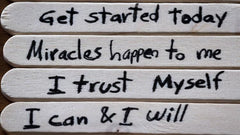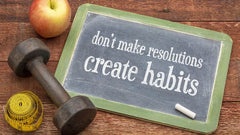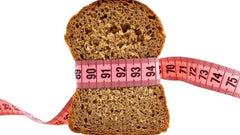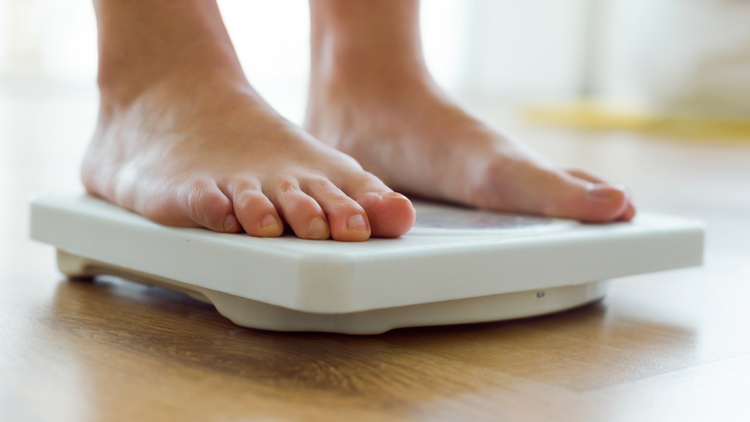
3 Problems With Using the Scale to Measure Weight Loss
How do you measure your weight loss progress?
To some, that might seem like a silly question because almost everyone measures progress by the number on the scale. After all, if you’re eating healthy and working out, of course you’re going to lose weight. However, this may not always mean that the number on the scale will be going down at a steady rate (or as quickly as you think it should).
There are many different ways to measure weight loss, almost all of which are more accurate than stepping on the scale. Below, we examine the dangers of the scale, as well as several alternatives you should use as a smart dieter to measure your weight loss.
3 Problems With Using the Scale to Measure Weight Loss
Did you weigh yourself this morning? Chances are, the answer is yes, and you’re reading this article because you aren’t seeing the number moving down, or at least not as quickly as you’d like.
While choosing a weight loss goal based on the number on the scale isn’t necessarily the best idea, it can be a good, rough start to better setting forth your goals. After all, numbers are easy to measure – hence why you likely step on the scale every morning – and they can be a rough way to measure your progress.
However, there are 3 pressing problems with using the scale to measure weight loss as well:
- Weight Fluctuates, and Not Because You’re Putting on Pounds – Your weight fluctuates according to a wide variety of factors, not just fat. In fact, what you ate, how much water you drank, sodium levels, and the time of day you choose to weigh yourself are all factors that can affect your weight at any time. Thus, if you step on the scale one morning after eating a sodium-rich dinner the night before and then step on the scale the next day after drinking more water than usual, your weight will be different. This isn’t a reflection on your progress.
- Your Weight Isn’t Indicative of Your Fitness Level – Have you ever seen before and after transformation photos that claim the person weighs the exact same amount in both photos? If you think it’s impossible, it’s not! In fact, it’s common for those who drop a lot of weight, but then exercise and build muscle, to weigh the same but look completely different. That being said, your weight alone isn’t indicative of your progress. Muscle weighs more than fat so if you’re building muscle, you’re going to weigh more than if you’re just burning fat. However, this doesn’t mean you’re healthier just because you weigh less.
- Weight Shouldn’t Make You Feel Like a Failure – If you set a goal weight, and don’t reach it, do you feel successful? Most smart dieters don’t, even if they know everything we’re talking about in this article and beyond. There are some dieters who have a specific weight in mind and may never attain it. However, they’ve also revolutionised their diets and are in the best physical shape of their lives. If you’ve done the same, but aren’t the “number” you want to be, it’s probably best to skip the scale.
3 Simple Ways to Measure Results Without Considering Your Weight
This article isn’t implying that you should never weigh yourself. After all, you’re going to lose weight as you eat healthy and exercise, so you should never feel as if you need to ban the scale for good.
However, measuring your progress in alternatives to the scale is important, too! Doing so is a simple way to stay motivated, even if the scale isn’t reflecting your results, and to still see that you’re making headway on your goals.
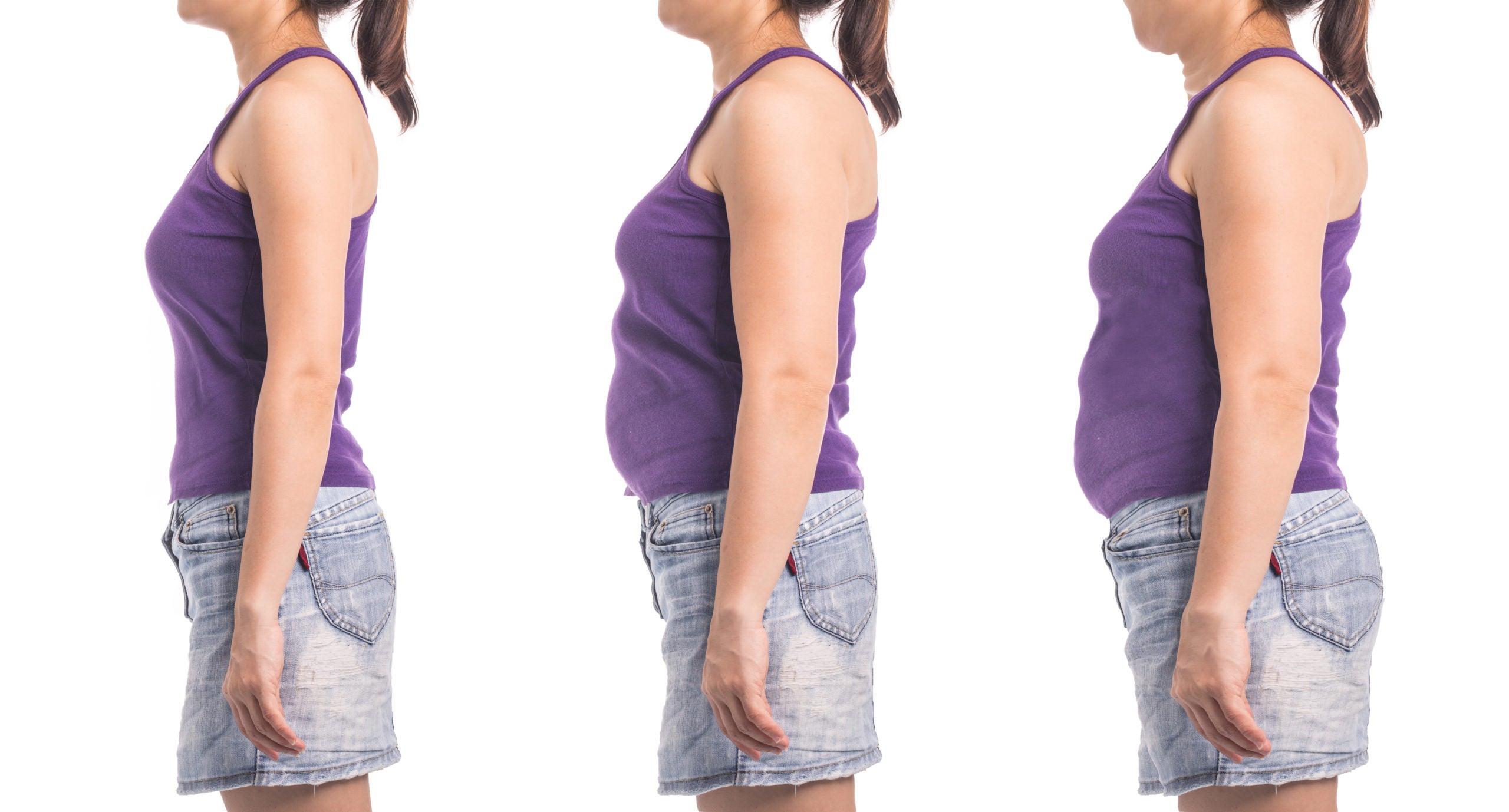
Here are 3 simple ideas you should consider when you’re looking to supplement the scale in terms of measuring results:
- Take Photos – Progress photos are the easiest, and one of the most telling, ways to track your results. And not just one photo, either. Think about what you’re working on, and take photos that will reflect your progress over time. As a general rule, you should take relaxed photos from the front, side, and back before you begin losing weight, or at the point you’re at in your fitness journey now. Take photos in the same outfit, and lighting, to prevent skewed results. Most importantly, give yourself a few weeks between photos so you have time to see progress and don’t feel discouraged.
- Set Weight Goals Unrelated to Your Weight – Weightlifting should be part of your weight loss routine in the gym. It’s a great way to burn fat and burn more calories even after the physical activity is onover. And, instead of focusing on your weight, which is likely to increase as you continue to build lean muscle mass, you should focus on how much more you want to lift in the gym. If you’re lifting weights, and you can easily make it to the end of each set, it’s time to increase your weight. Set goals of how much weight you want to add in a set period of time to stop focusing on your weight and start focusing on how far you’ve come!
- Weight Loss Tape Measure – If your weight isn’t an accurate reflection of how far you’ve come, measuring with a measuring tape and even with body fat calipers is a much more accurate way to see the whole picture. Weight loss will show with either method, and you can even measure muscle-building progress with a tape measure. Measuring body fat is also a good idea because muscle weighs more than fat. So, if you know your weight is going up, but your body fat is going down, it’ll be more obvious why, and easier to stay motivated!
Read our guide to non scale victories >>
measure weight without a scale
When you base all of your weight loss results on the scale alone, you aren’t getting the bigger picture of your health, fitness, and progress. However, by incorporating other measurement methods in with the rest, you can easily track progress and know that if you’re gaining weight, it’s muscle, not fat.
If you want to burn even more fat, you can incorporate a comprehensive weight management supplement, like PhenQ, into your diet as well! It will give your results an extra boost, while keeping you energized, your appetite in check, and enjoying a number of other healthy benefits.
Remember: you aren’t defined by the number on the scale! And, by using other healthy methods to track your progress, you’ll always have the motivation you need to keep going!



